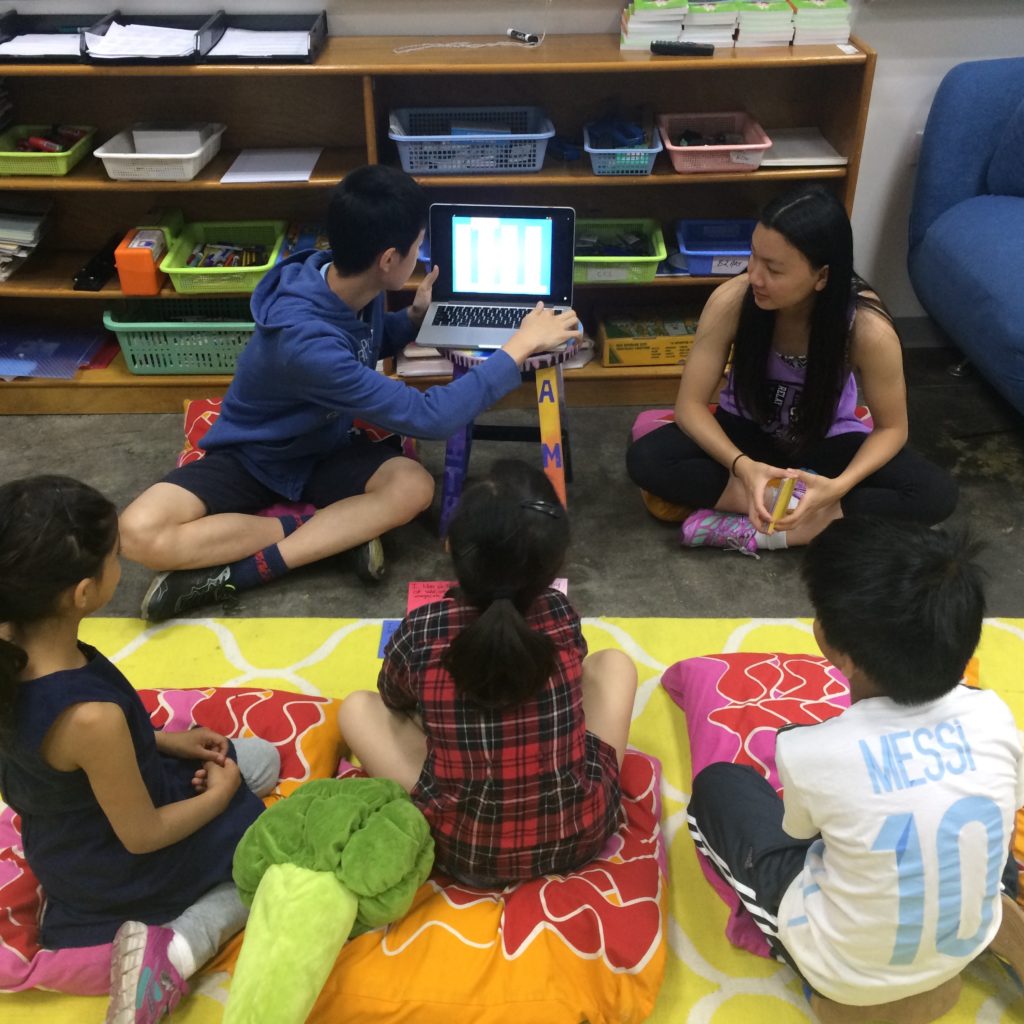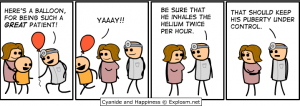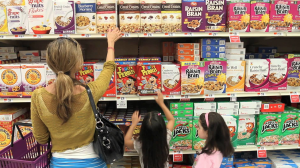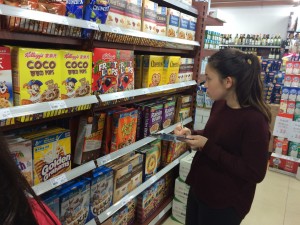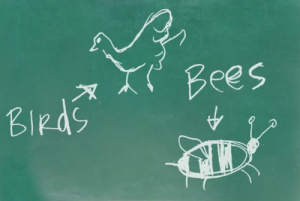One of the best parts of project-based learning is that it has the potential to end up much bigger than you planned. Last week, some of our 7th graders were able to present their suggestions for a healthier cafeteria- originally intended for an audience of 2nd graders- to a team of executives from the Sodexo Group, the multi-national conglomerate in charge of the food services in our school’s (and many others) cafeterias.
When I posted pictures of the kids with the Sodexo execs on Twitter, I was contacted by quite a few fellow teachers who were eager to make a change in their schools and wanted to know what lesson plans and activities had led us to that point.
The truth is, like many good projects, where we ended up was not part of the original plan, but here are the steps and resources we used along the way.
Lesson 1: Finding inspiration from The Great Cafeteria Takeover
A huge part of skills-based health education is goal setting, and one of the best examples I’ve seen is from a group of students called The Rethinkers, who banded together after Hurricane Katrina to help rebuild the New Orleans schools. They focused on the quality of food available in their cafeterias, and took on Aramark, their main school cafeteria provider.
After watching this free 30 minute documentary, my students are always inspired to make a change.
Lesson 2: Dietary Guidelines Around the World
Once they learn abut the politics that are involved in school food, my students are curious as to how decisions are made about what goes into our cafeterias.
At this time, they research dietary guidelines from around the world, and decide which ones they think are the most relevant and useful for our school community.
Student instructions and rubric for project: Exploring Dietary Guidelines Around the World.
Lesson 3: Creating our own school-wide guidelines using Michael Pollan’s Food Rules and the guidelines that really stood out
Once the students have had time to dig through the guidelines from each of the countries and the book, they write their favorite three guidelines on separate post-it notes and group them together on the board. At that point, we’re able to see what the top 6-7 guidelines are a good fit for our class.
Lesson 4: Assigning groups, deciding on the slogans, and writing descriptive food messages
Once we’ve narrowed down top our guidelines, I put the students into groups of 3-4 and assign the them one each. They write a clever slogan, message and description for their guideline and get ready to present it to members of our school community.
Lessons 5-8: Designing the prototype and planning the presentations
At this point, the kids get ready for their audience (and eager group of 2nd grade students) by preparing a fun prototype to help explain their guidelines to them.
Student Rubric for Final Presentation Food Rules Rubric
Lesson 9: Presenting to the 2nd graders
Our audience members were very receptive, and the positive modeling from the “big kids” caused the little ones to really take note and pay closer attention to the snacks they were choosing later in the day.
As luck would have it, the Sodexo execs were coming by that week for a meeting. We didn’t plan it that way, but by preparing our students to advocate for healthy choices for the younger members of our community, they were able to speak up when the more powerful members were around as well.

